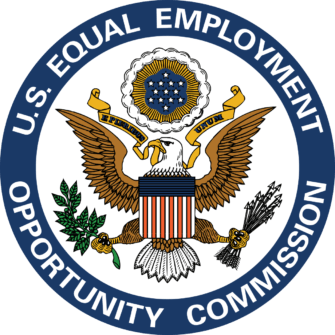Equal Employment Opportunity Commission Releases Guidance on COVID-Related Caregiver Discrimination

According to new guidance from the Equal Employment Opportunity Commission (EEOC), an employer is not allowed to discriminate against an employee who is a “caregiver” based on their employee’s sex (including pregnancy, sexual orientation, or gender identity), race, color, religion, national origin, age, disability, or genetic information. Although it is not a protected class in it of itself, a “caregiver” is anyone over the age of 18 who provides care for another (i.e. relative, child, friend, etc.)
Examples of COVID-related caregiver discrimination include:
- Denying male caregivers leave or a flexible work schedule to care for a family member with COVID-19, when the employer provides these accommodations to similarly situated female employees;
- Assigning an unmanageable amount of work to an employee of color because they requested leave for pandemic related caregiving purposes;
- Requiring an older employee to accept a reduced work schedule out of concern that they do not have the stamina to maintain their job duties while taking care of a grandchild recovering from COVID-19.
Employers also may not discriminate employees based on their need to provide care for an individual with a disability. Examples include:
- Refusing an employee’s request for unpaid leave to care for a parent with “long COVID,” if the employer approves other unpaid leave requests to take care of other personal responsibilities;
- Declining an applicant because the applicant’s spouse’s disability increases the likelihood of her experiencing severe COVID-19 symptoms and the employer does not want to potentially incur higher health insurance costs, or the employer’s refusal to add the spouse to health insurance coverage when such coverage is made available to other employees’ spouses.
With that being said, employers do not have to excuse poor performance resulting from an employee’s caregiving duties, so long as they do not inconsistently apply workplace discipline policies based on an employee’s race, gender, national origin, etc.
Employers should also be sure to consult with outside counsel on individual state and local anti-discrimination and leave of absence laws. These may offer broader protections.
If your business has any questions on caregiver discrimination, or any other employment and labor law matter, please contact the attorneys at The Royal Law Firm; (413) 586-2288.







